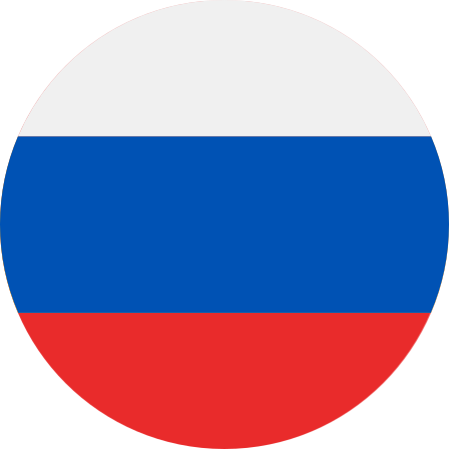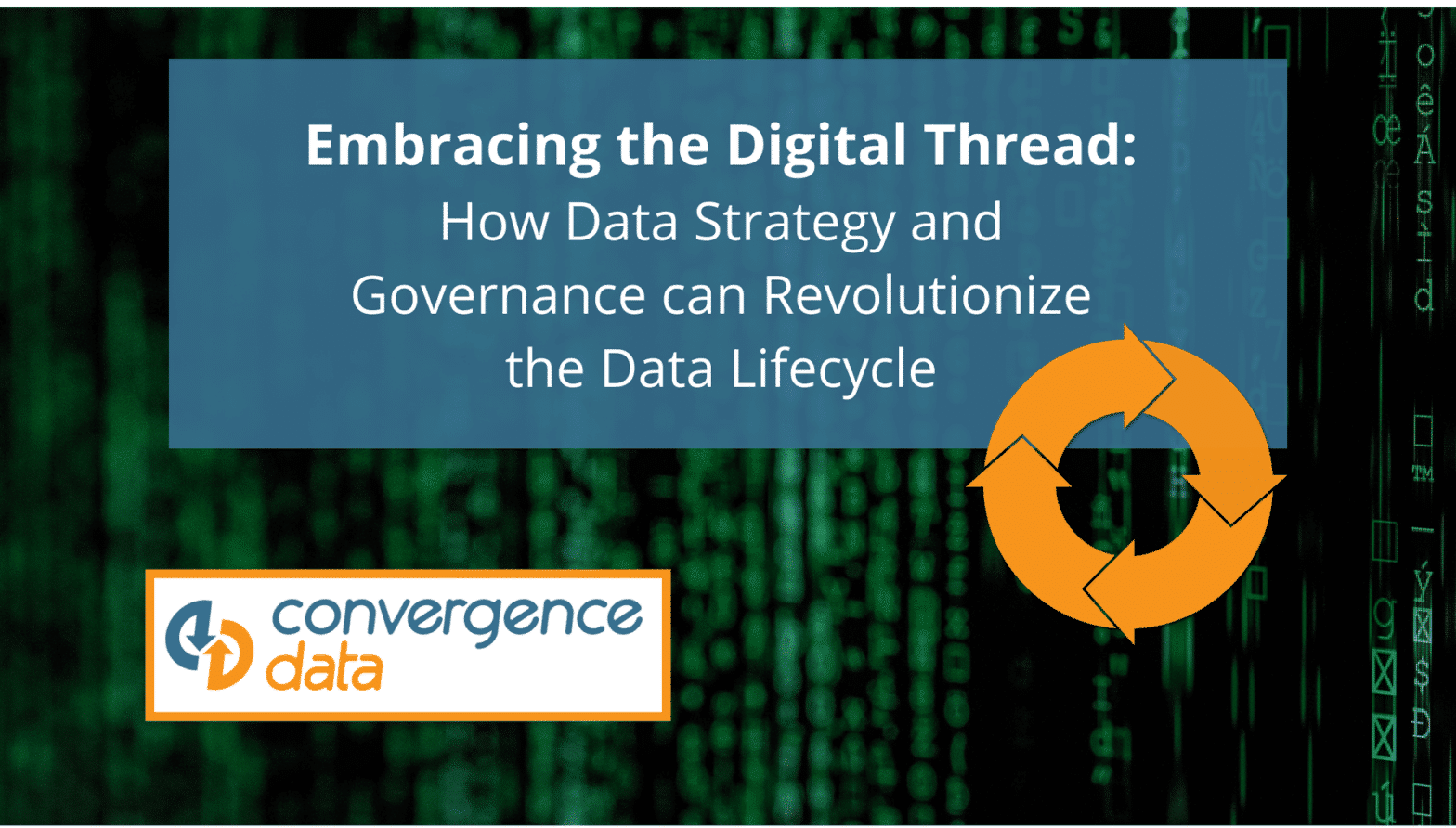Imagine a world where the flow of data seamlessly stitches together every aspect of an item’s journey, from its inception to its afterlife – welcome to the transformative realm of the digital thread, where innovation meets efficiency and revolutionizes the way we design, develop, and deliver parts and products! This article features the most important.
The concept of “digital thread” refers to the seamless flow of data and information across the various stages of a product’s lifecycle, from design and development, procurement and sourcing, aftermarket parts and products for ecommerce. Adopting the concept of the digital thread holds immense importance for organizations aiming to thrive in today’s rapidly evolving business landscape.
By enabling a seamless flow of data and information across the entire product lifecycle, organizations can enhance collaboration, optimize decision-making processes, and improve overall operational efficiency. This holistic approach fosters innovation, accelerates time to market, reduces costs, and ensures a more robust and customer-centric product development and delivery ecosystem, ultimately giving organizations a competitive edge in the market.
Many organizations struggle with how to get started. Here are some key considerations every enterprise should explore when deciding on how to take a more programmatic approach to leveraging their data across divisions:
Programmatic Consideration |
Suggestions for Getting Started |
Data Stewardship |
Establish a dedicated team of data stewards responsible for overseeing the governance processes, policies, and standards related to the digital thread. This team should have a deep understanding of data models, requirements, quality, and usage across different stages of the product lifecycle. |
Data Management Framework |
Develop a comprehensive framework for managing data within the digital thread. This includes defining data structures, formats, and metadata standards to ensure consistency, interoperability, and traceability throughout the lifecycle. |
Data Integration and Interoperability |
Enable cohesive integration and interoperability between various systems and tools involved in the digital thread. Engage data exchange mechanisms, such as APIs or data connectors, to facilitate the smooth passage of data across different lifecycle stages and stakeholders. |
Data Security and Privacy |
Enact robust security measures to protect sensitive and confidential data throughout the digital thread. This includes access controls, encryption, anonymization techniques, and compliance with relevant data protection regulations, such as GDPR or CCPA. |
Data Quality and Consistency |
Establish data quality metrics, validation rules, and monitoring processes to ensure the accuracy, completeness, and consistency of data across the digital thread. Use data cleansing and data profiling techniques to identify and rectify data quality issues. |
Metadata Management |
Implement a metadata management system to capture and maintain the metadata associated with data in the digital thread. This includes information about data sources, owners, data lineage, data transformations, and other relevant contextual information. |
Data Governance Policies and Processes |
Define clear policies, procedures, and guidelines for data governance. This should include data classification, data ownership, data retention, change management, and data disposal policies to ensure proper handling of data at each stage of the product lifecycle. |
Continuous Monitoring and Improvement |
Regularly assess and update the governance model to incorporate feedback, lessons learned, compliance, better quality, and emerging best practices. |
Stakeholder Collaboration |
Foster collaboration and communication among different stakeholders involved in the digital thread, including product designers, engineers, manufacturers, operations teams, and maintenance personnel. Ensure that they have access to the right data at the right time and can contribute to data governance efforts. |
Enterprise-Wide Governance |
Institute one centralized data governance program to support PLM (Engineering), Supply Chain, and PIM (Marketing/eCommerce/Aftermarket). This involves buy-in and cooperation across all of those divisions. Appoint one champion across each of these functional areas to align and serve the organization on a programmatic level. |
In summary, the digital thread acts as a driving force, propelling organizations towards success in the digital age. By driving data downstream throughout different enterprise teams, organizations can:
- Empower each team with the right information at the right time, enabling informed decision-making and efficient execution.
- Leverage a unified data strategy to ensure consistency and accuracy, fostering a deeper understanding of parts, products, and processes across the organization.
- Break up data silos, dismantling barriers and promoting collaboration, to allow teams to work together and share insights.
In this interconnected ecosystem, the digital thread serves as the backbone, stitching together departments, enhancing productivity, and ultimately driving organizations towards greater innovation, competitiveness, and success in today’s dynamic business landscape.
Looking to get started? Reach out to us to discuss how we can help your team embrace the digital thread!
Source: Convergence Data


 Deutsch
Deutsch Français
Français Italiano
Italiano Español
Español Português
Português 中文 (中国)
中文 (中国) 日本語
日本語 Русский
Русский


 20/12/2024
20/12/2024  Engineering Resources, TraceParts News
Engineering Resources, TraceParts News 
